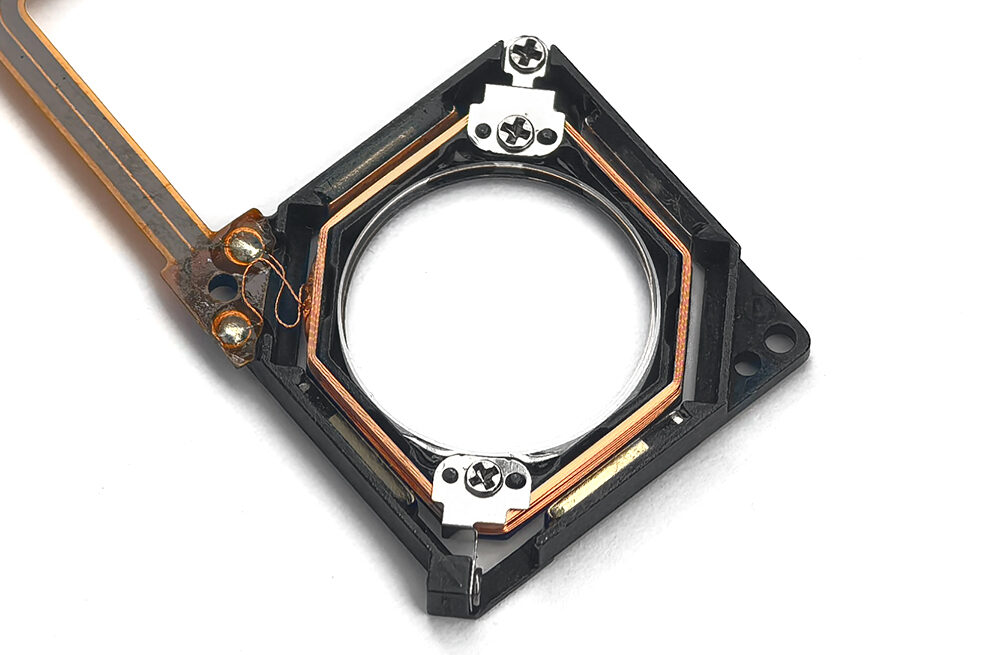1. Definition and Principle
Pixel Shift Device is a technology that physically moves the image sensor (or lens) a small distance, and uses multiple shots to superimpose to improve resolution, color accuracy or dynamic range. Its core principle is to allow the sensor to shift at the sub-pixel level (micrometer level) (such as horizontal, vertical or diagonal movement), capture different pixel information each time, and finally synthesize a high-precision image through an algorithm.

2. Main application products
Digital cameras/SLR/mirrorless cameras:
Such as Pentax (Pentax K-1, K-3 III), Sony (A7R IV), Olympus (OM-D E-M1 series), used to shoot high-resolution still life (landscape, cultural relics, artwork).
Industrial inspection equipment:
High-precision microscopes, circuit board inspectors, used to capture microscopic details.
Medical imaging equipment:
Such as digital pathology slice scanners, to improve the clarity of medical images.
Astronomical photography:
Some high-end astronomical cameras reduce noise and enhance details through pixel shifting.
3. Other names
Pixel Shift
High-Res Mode (Olympus)
Sensor Shift Multi-Shot (Sony)
Dynamic Pixel Shift (Fuji)
4. Key performance parameters
| Parameter | Description |
|---|---|
| Displacement accuracy | Sensor movement accuracy (usually needs to reach micron level), directly affecting the resolution improvement effect. |
| Displacement axis number | Supports multi-directional displacement (such as dual-axis and tri-axis). The more axes, the higher the synthesis flexibility. |
| Synthesis multiple | Resolution improvement multiple (such as 4 times improvement requires 4 shots, Pentax K-1 can reach 36MP → equivalent to 144MP). |
| Anti-shake compatibility | Whether it works with the body anti-shake (IBIS) to avoid image blur caused by displacement shake. |
| Processing speed | The efficiency of the synthesis algorithm, which affects the shooting interval and storage speed (such as Sony A7R IV requires 1 second per shot). |
| Motion compensation capability | Whether it can detect and correct moving objects in the picture (such as leaves and clouds) to avoid synthesis artifacts. |
| Software support | In-camera direct synthesis vs. relying on post-production software (such as Adobe Lightroom must be compatible with multi-frame RAW processing). |
5. Purchase suggestions
Scene requirements:
Still life photography (museums, commodities): Choose a model with a high synthesis multiple (4x), such as Pentax K-3 III.
Landscape photography: Motion compensation function is required to avoid synthesis failure caused by cloud movement (such as Sony A7R IV).
Industrial inspection: Prioritize displacement accuracy (such as 0.1μm-level sensors) and multi-axis control.
Hardware matching:
Confirm whether the body anti-shake performance (IBIS) supports multi-axis displacement.
Use a stable tripod and shutter cable to avoid external vibration.
Software ecology:
If post-processing is required, ensure that the camera RAW format is compatible with common software (such as Capture One).
Some models (such as Olympus) support direct generation of JPEG high-resolution files in the camera.
Brand comparison:
Pentax: High cost-effective, suitable for landscape photography.
Sony: High pixel + dynamic compensation, strong comprehensive performance.
Fuji GFX medium format: Combining large bottom and pixel shift, pursuing the ultimate image quality.
6. Limitations
Inapplicable scenes: Dynamic objects (portraits, sports) are prone to ghosting.
Environmental requirements: Absolutely stable shooting conditions are required (no wind, fixed light source).
Storage pressure: The synthesis of multiple RAW files may cause the size of a single photo to exceed 500MB.
Summary: Pixel Shift technology is a powerful tool for static high-resolution photography. When purchasing, you need to weigh the resolution requirements, anti-shake performance and post-processing convenience, and give priority to models that support dynamic compensation and efficient synthesis.
